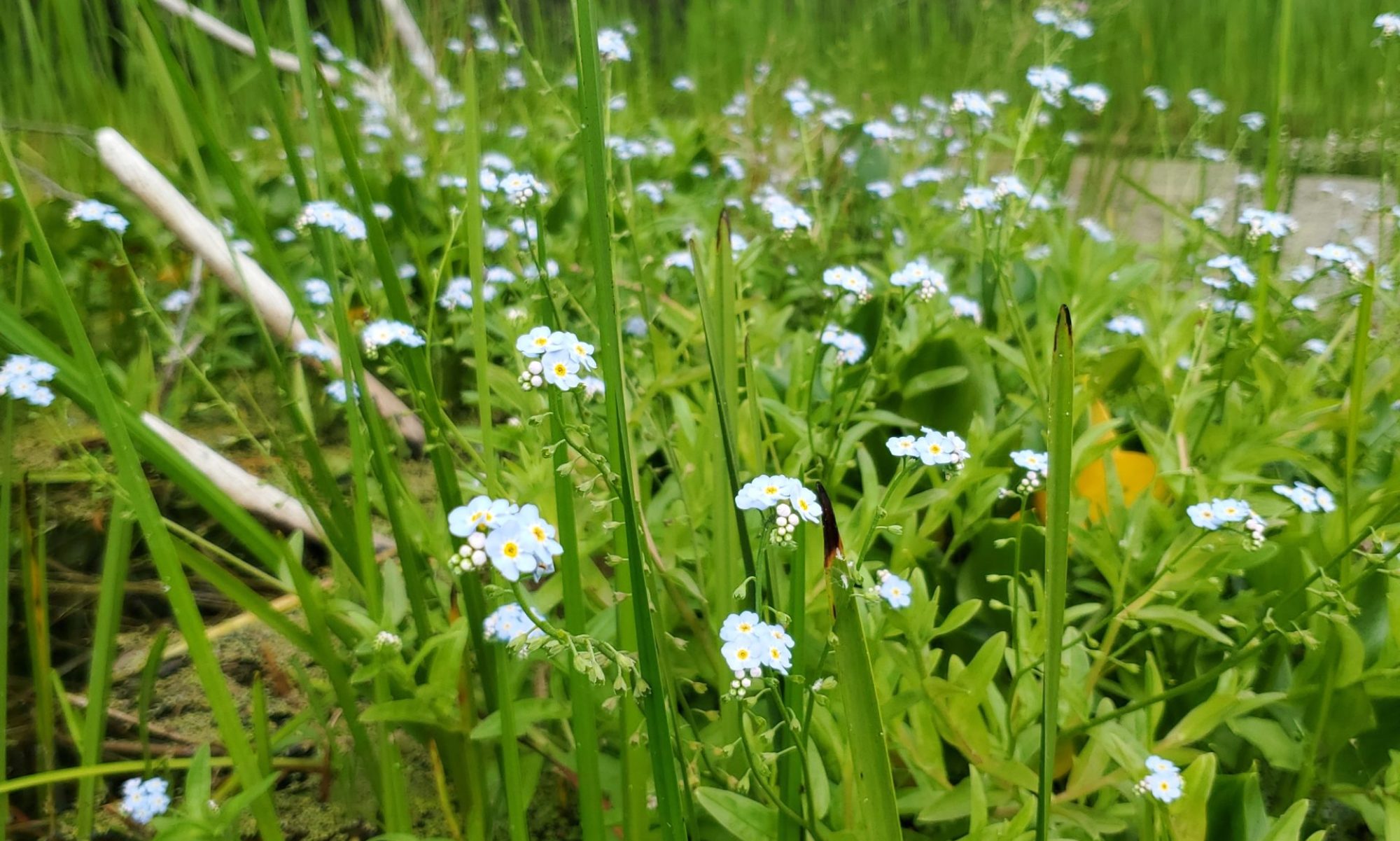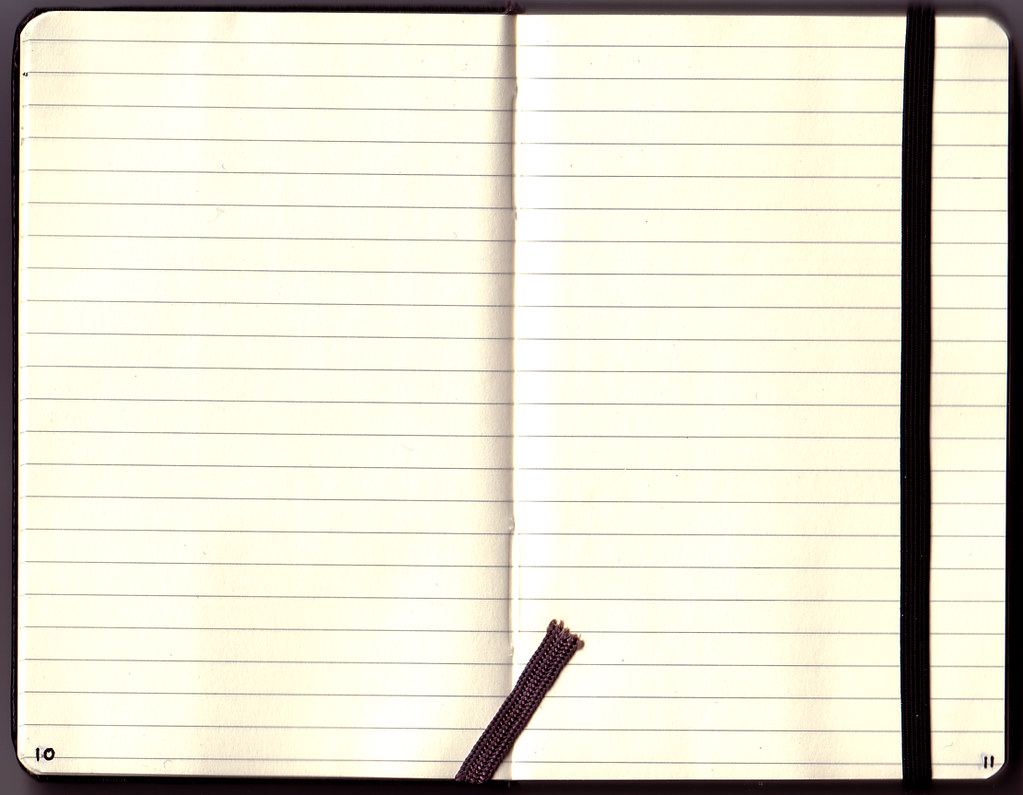This week I was given the amazing opportunity to participate in a Professional Development Day with C2C (Classroom 2 Community) alongside educators and other teacher candidates from around the province. For the day we were encouraged to engage with about 3 different sessions so I signed up for:
- Empowering Students to Meet Today’s Eco-Social Issues through Authentic Learning with Maureen Jack-LaCroix
- A Path for the Future to Reduce Fossil Fuel Emissions with Brian Pataky
- Acknowledging and Repairing Relations with our Wild, Native, and Medicinal Plants with Lori Snyder
In addition to these sessions I also attended the morning BCTF meeting where Terri Mooring discussed her meeting with Dr. Bonnie Henry regarding how COVID is impacting classrooms around the province. I thoroughly enjoyed the morning BCTF meeting because it gave me insight as to what is going on with the education system in BC this very week; I was impressed to know that the concerns of teachers, students, and parents are all being addressed quickly and directly with Dr. Bonnie Henry herself and it made me confident in my future professions’ ability to handle a crisis. A lot of my own concerns regarding COVID-19 and public schools were validated and addressed in the meeting and it certainly had a positive impact on the feeling of community amongst teachers.
I found each part of my day inspiring and informative, all in different ways which I believe can influence me in the future as an elementary school teacher. The first session I attended with Maureen Jack-LaCroix provided me with a lot of immensely helpful resources that her organization (Be The Change) offers to educators. The intention of Be The Change is to get students involved with environmental issues within their communities and to encourage them to enact change themselves. I found that these resources were mainly focused for older students, likely in secondary school, but I do believe that with a few tweaks they could be used as a group in an elementary setting as well. The session and resources are set out to get students and teachers talking within their community about local and global issues and provides step by step activities that will walk them through the process of becoming more environmentally aware within their own communities and their own social circles. I would like to use these resources in my future classroom as a group; I think it would be very interesting to use these resources as a class with younger students so that they can begin to develop a sense of environmental issues at a young age and within their own homes with the support of their classroom to back them up. This way they can grow up with a realistic sense of problems within their communities and if they were to develop a desire to enact change they would already have the tools and potentially even connections to do so.
The second session with Brian Pataky was one that I signed up for for 2 reasons:
- I am all for reducing fossil fuel emissions and would definitely like to have the tools to encourage my students to be kind to the environment in the future.
- Brian Pataky was my Biology 11 teacher in high school and I was interested to see how my experience learning from him would be different now versus when I was a teenager.
This presentation was certainly interesting, he covered global events that were being caused by global climate change and briefly went over the science behind why it was happening. He also briefly covered ways in which we (as adults) can aim to reduce our own fossil fuel emissions (hybrid or electric vehicles, solar power energy, battery operated outdoor appliances, etc.), however I found that the presentation was lacking information regarding what I can do as a teacher to help with his passion for a greener future. He failed to mention how he can inspire students to work towards a future with fewer fossil fuel emissions, so I posed the question in the chat function on Zoom. By the end of the session he had not yet answered my question so I left the session slightly frustrated because ultimately I found the information that he shared to be very inspiring to be kinder to our world, yet I was not given the tools to teach future generations to do the same. By providing me the information and context for the global climate issues that are happening around the world, however, he has inadvertently inspired me to think about ways that I could inspire my own students; he lit the fire that is required for change without demanding it, which was certainly different than how the other sessions went.
The third session which I attended with Lori Snyder was by far the most influential one, and after a long day of Zoom sessions already I found that hers was the best way to end my day. She encouraged us all to develop a symbiotic and respectful relationship with nature and to acknowledge the importance of elements around us that we may often take for granted or have negative feelings towards such as snow in the wintertime or dandelions in our front yards. She went into depth regarding how we can benefit the earth as well as how the earth can benefit us from not only an Indigenous perspective but also from the perspective as a living thing, equating us (the two-leggeds, as she would refer to humans) with the nature outside our doors. She emphasized that we are no more important than the nature around us and therefore need to respect what it can do for us. One interesting piece of knowledge that she used to emphasize her point had to do with the Cottonwood tree. She explained that Cottonwood trees often grow around rivers, so when people build or purchase homes close to a river they will often cut the Cottonwood trees down so that they can have a nice view of the water near their home. However, without the shade that the Cottonwoods provide the water temperature in the river will rise and will therefore prevent the salmon from wanting to swim in it, ultimately disrupting the entire ecosystem. This example really struck home for me and has entirely encouraged me to teach my own students that same respect for nature so that future generations do not continue to alter the balance between human and nature.

